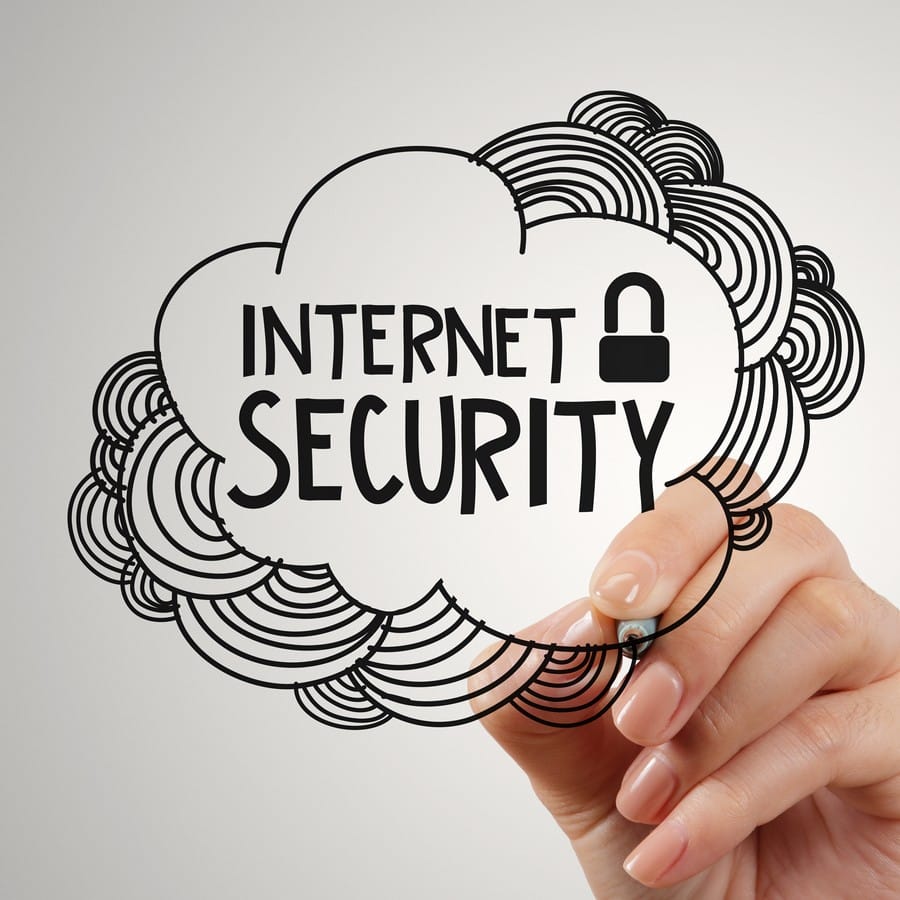Test Altospam’s solutions!
Thousands of companies, CTOs, CIOs, CISOs and IT managers already trust us to protect their e-mail against phishing, spear phishing, ransomware, …

Spamming is a veritable scourge, accounting for 85% to 95% of e-mail traffic, depending on the source. Here are a few practical tips to help you avoid receiving such messages:
1. Don’t reply to spam. If you reply to spam, the spammer will discover the validity of your e-mail address, and this will lead to more spam invading your mailbox. Similarly, it’s best not to click on the unsubscribe link, as this is another way of confirming the existence of your e-mail address.
2. Do not buy a product or service offered by a spammerEven if the offer seems attractive, you may be disappointed by the quality of your purchase, and it won’t be long before you receive more spam.
3. Have two e-mail addresses. One of the addresses for your personal correspondence, which you distribute only to your circle of acquaintances. The other address lets you subscribe to forums, mailing lists, etc. It’s your “general public” address for the whole world, and you can change it when you’re too busy. For the latter, you can choose a free address provider such as Yahoo, Gmail, etc.
To protect your privacy, you should avoid communicating your private address on sites such as forums. Choose an address that is difficult to identify, mixing your first and last names. Spammers use addresses such as: contact, info, webmaster@ma_societe.com.
4. Avoid giving out your e-mail address
If you have to provide your private address on a website, avoid entering it directly. Preferably use displays in the form of graphic files or JavaScript code. To do this, you can use a handy tool like http://www.caspam.org/. By using these procedures, addresses cannot be automatically retrieved by an address engine or “vacuum cleaner”.
All these precautions, though restrictive, are necessary but not sufficient. Of course, we also strongly recommend using a high-quality anti-spam system, such as ALTOSPAM!
Test Altospam’s solutions!
Thousands of companies, CTOs, CIOs, CISOs and IT managers already trust us to protect their e-mail against phishing, spear phishing, ransomware, …